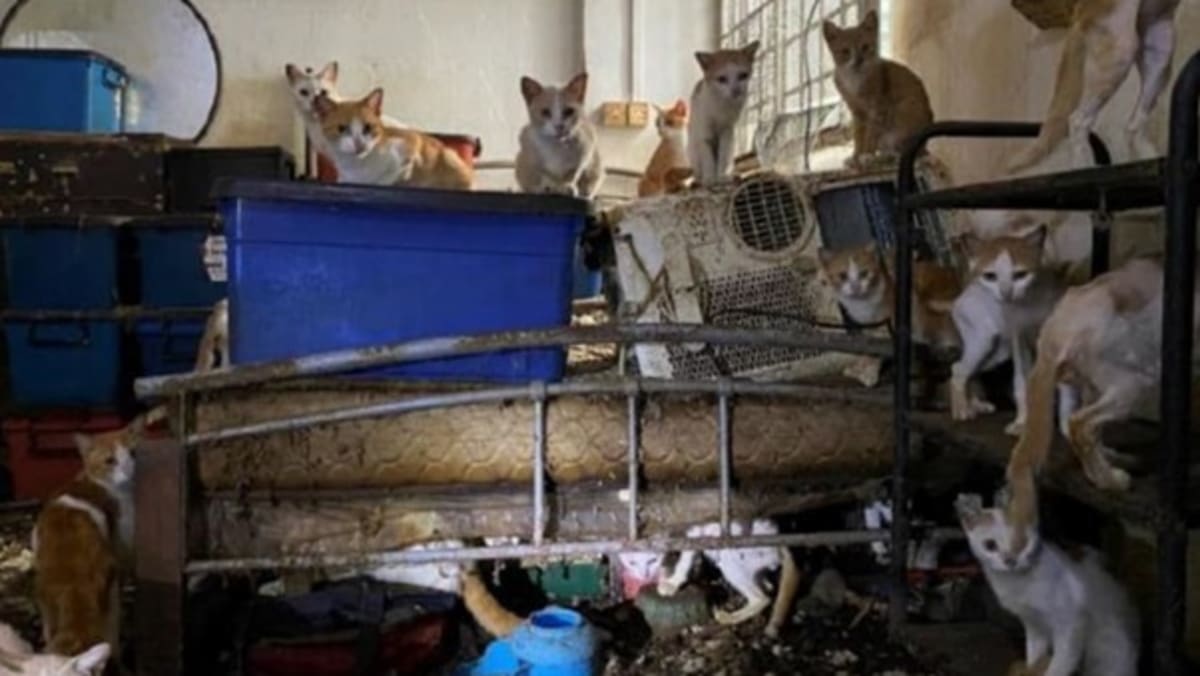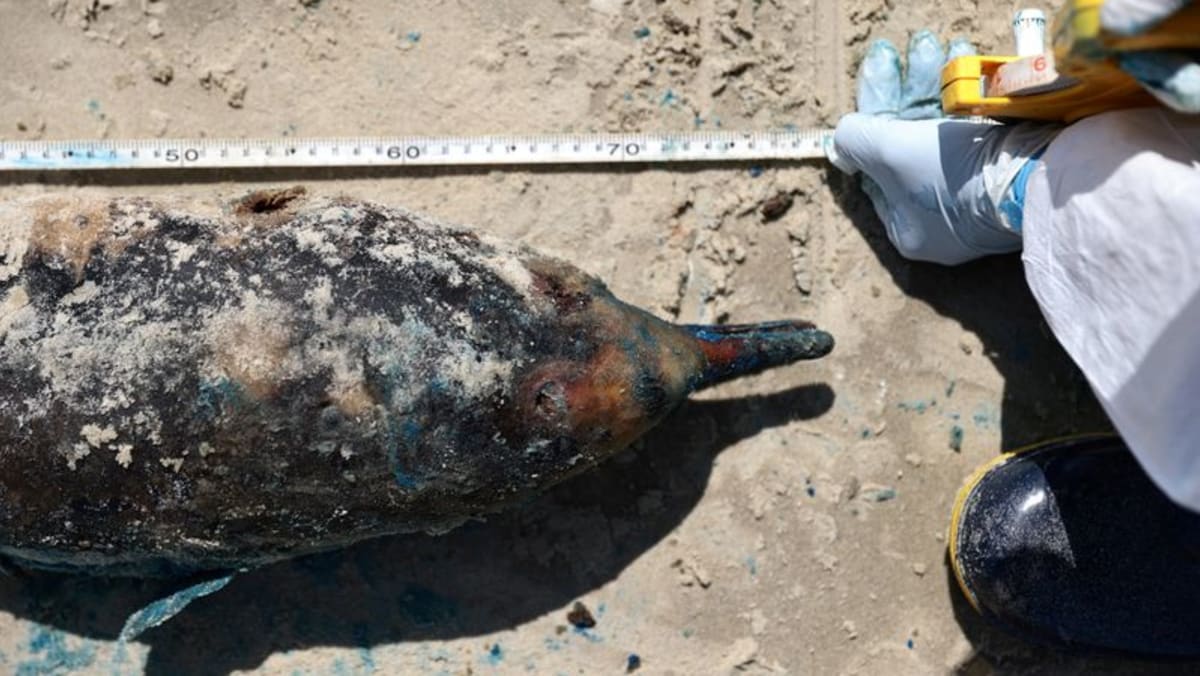While those patients survived, H5N1 bird flu is deadly to humans in roughly 60 per cent of cases worldwide.
The World Health Organization is unlikely to raise the risk level for humans from the current “low” without evidence of human-to-human transmission or mutations adapted to human receptors, experts said.
Drugmakers, including GSK and Moderna, have said they are developing bird flu vaccines for humans, and have the capacity to produce hundreds of million so doses within months utilising production lines used for seasonal flu vaccines.
“We’re seeing (the virus) doing little evolutionary steps that are on the long-term moving towards a potential human infection,” said Ralph Vanstreels, a University of California, Davis researcher studying South American variants of H5N1.
Every year, Argentina’s Peninsula Valdes on the windswept Atlantic coast teems with densely packed elephant seals rearing pups.
Last November, Vanstreels came across a grim scene: hundreds of dead and rotting pups on the beach. Researchers estimate 17,400 pups died, nearly all born to the colony that year.
For each of those pups to have been infected by birds is highly unlikely, scientists said. Pups usually have contact only with their mothers, leading scientists to suspect this is how it spread.
Vanstreels is part of a group of scientists working to trace the virus’ genetic mutations in South America.
In a draft paper posted on the US Centers for Disease Control and Prevention website, they analyzed samples from sea lions, seals and birds from up the coast from Peninsula Valdes. Comparing the genomes from these samples with those collected in North America in 2022 and Asia earlier, the team identified nine new mutations.
The same mutations were found in samples collected in 2022 and 2023 in Chile and Peru, which were also hit by mass mortality of sea lions and birds.
“This is the first time this virus is so adapted to wildlife,” Vanstreels said. “Clearly something happened in Peru and in northern Chile where they acquired these new mutations.”
In the draft paper, researchers noted that the same mutations were present in one of the continent’s two human cases, a 53-year-old man who lived one block from the seashore where seabirds congregated.
Researchers said that case “highlights the potential threat posed by these viruses to public health.”
REGIONAL RESPONSE
With health officials and experts meeting in Rio this week, Latin American countries will be pressed to boost disease surveillance in the wild.
The region’s patchy data and limited resources has left scientists struggling to understand how the disease is spreading in the wild, with the number of cases likely much higher than reported. Some cases are not being sampled or lab-tested, scientists said.
Bolivia, for example, did not register a case in the wild last year, though the disease has been detected in surrounding countries, said Manuel Jose Sanchez Vazquez, epidemiology coordinator for PAHO’s veterinary health centre.
Managing the disease response can also be complex, Sanchez noted. Threats to humans are dealt with by public health officials, while threats to poultry or livestock fall to agriculture or veterinary authorities. In wild animals, the purview typically falls to environmental officials.
The new regional commission, expected to be announced on Thursday, would aim to set standard protocols for monitoring, handling and reporting cases among various government agencies. It could also help in pooling laboratory resources, Sanchez said.
“We are worried and we are vigilant,” Sanchez said. “The more adaptation of the virus to mammals, the more likely it is that transmission to humans could happen.














